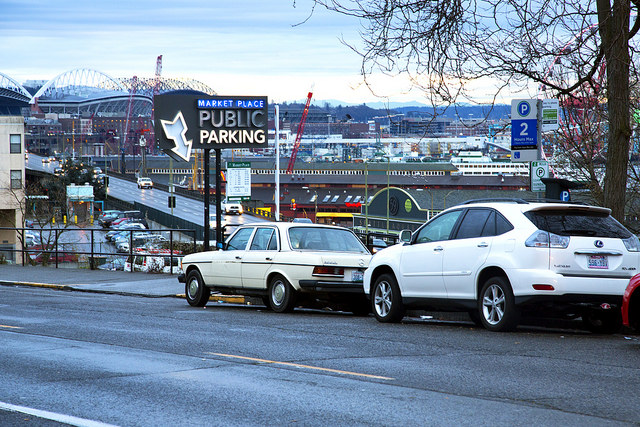
As architects and designers frequently working with municipalities across the country to ensure our development drawings are up to local code, we have recognized a recent trend. Parking requirements, as a whole, are declining.
As it turns out, America has too much parking.
City planners and developers are reversing a trend that started in the 1950s where municipalities sought to provide parking spaces equal to the size and need of the building they were connected to.
Ultimately, the summation of this shift is freeing land for new development space for people to live…versus places for people to park.
Despite what may seem like the case when driving down a busy thoroughfare like Main Street in downtown Greenville (where curbside parking is the exception versus the rule), many downtown garages across America sit half empty. Plus, the added impact of ride-sharing and remote work fueled by the pandemic have further reduced the need for dedicated parking spaces.
Simultaneously, the growing demand for additional housing opportunities (hello, national housing shortage), particularly in the affordable realm, and other economic forces are making developers look at those open spaces with more scrutiny.
We have seen this trend firsthand with many of our retail clients. Instead of a massive parking lot surrounding shopping centers, we are seeing retailers redevelop or lease sections of their lots to fast-food restaurants, coffee shops, or banks. Outparcels are now hosting Chipotles and Yogurt Mountains versus open parking spaces that were rarely, if ever, used.
Downtown revivals across the country have also led developers to transform old parking lots and garages into new buildings. An article in the Wall Street Journal recently highlighted this trend and quoted an executive for a Philadelphia real estate company that owns and operates parking facilities:
“You went from the city through policy and regulation forcing you to build too much parking to now really forcing developers not to have any parking at all.” (SOURCE)
As always, we are monitoring this trend and advising our clients to make the best decisions possible for their location and goals–with the municipality codes in mind, of course.
